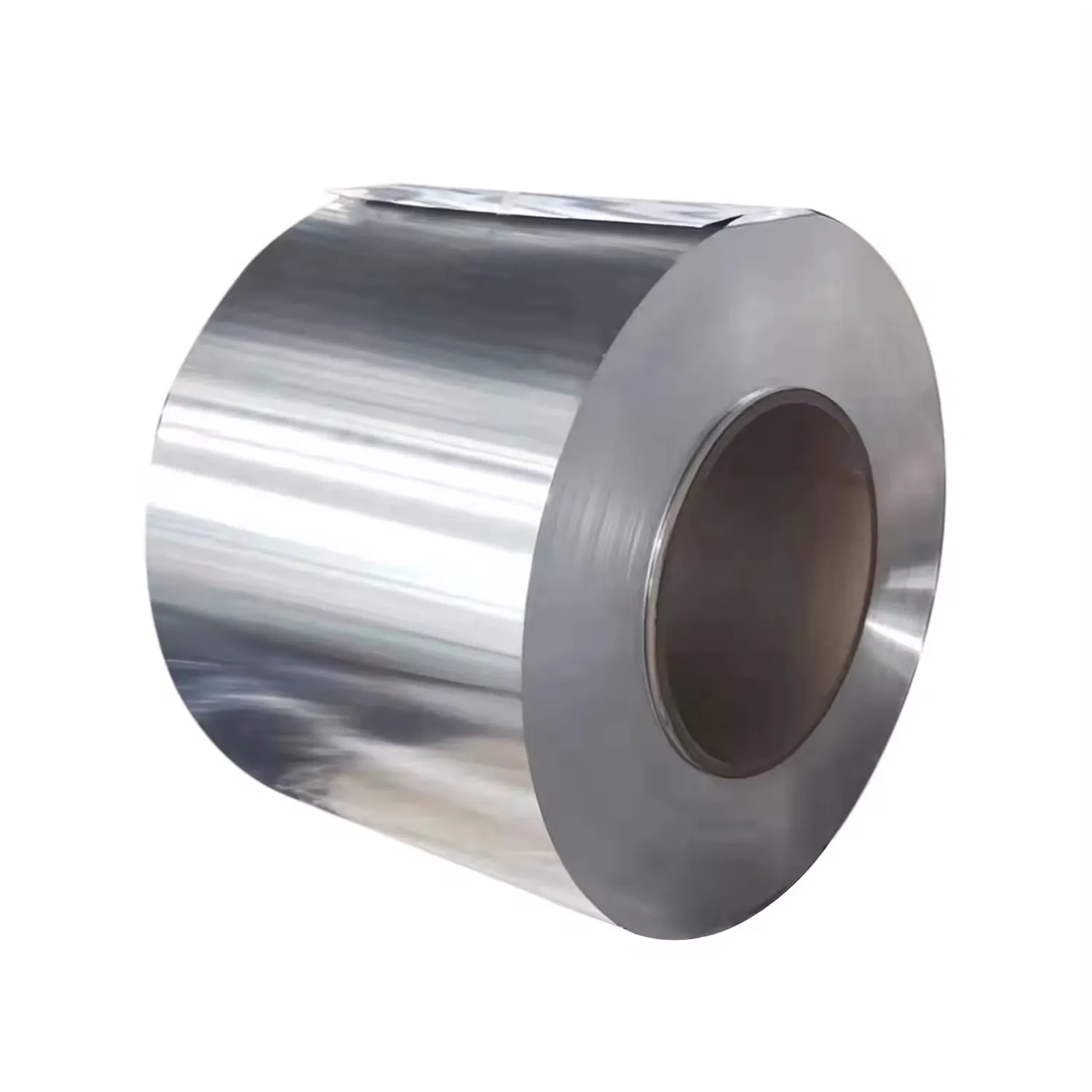Carbon steel coil prices are influenced by a complex interplay of raw material costs, market demand, manufacturing expenses, and global economic factors. The primary cost driver is iron ore, whose price fluctuates with supply demand dynamics, geopolitical events, and currency exchange rates. Energy costs (coal, natural gas) for steelmaking and scrap metal prices also impact production expenses. Market demand, driven by construction booms in Asia or automotive industry recoveries, can cause short term price spikes. Manufacturer efficiency, including economies of scale and advanced rolling technologies, affects pricing—larger mills with modern facilities offer more competitive rates. Coil specifications significantly influence cost: thicker coils (over 10mm), high strength grades (ASTM A572 Grade 65), and galvanized/coated coils are costlier due to material usage and processing complexity. Regional factors like import tariffs, transportation costs, and local steel production capacity impact end user prices. Price transparency is available through industry reports and online platforms, tracking average market prices for standard grades (e.g., ASTM A36 2mm cold rolled coil). Buyers can negotiate better prices via bulk orders, long term contracts, or strategic sourcing during low demand periods. Understanding price drivers helps stakeholders make informed procurement decisions in a volatile steel market.


